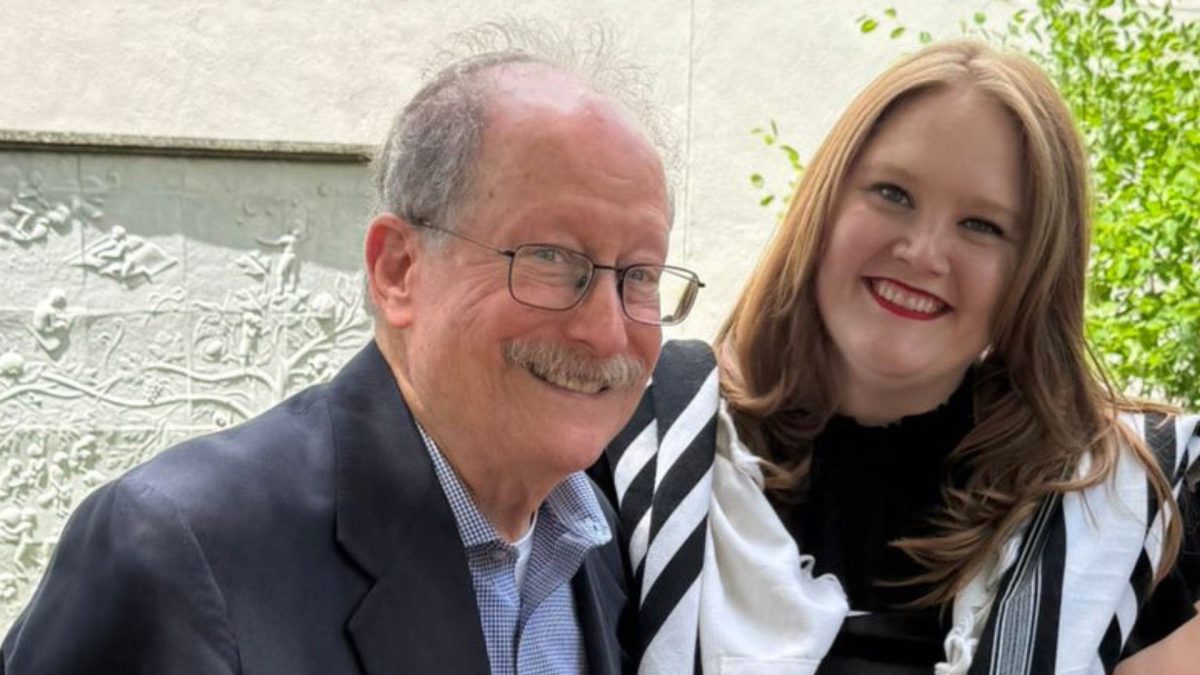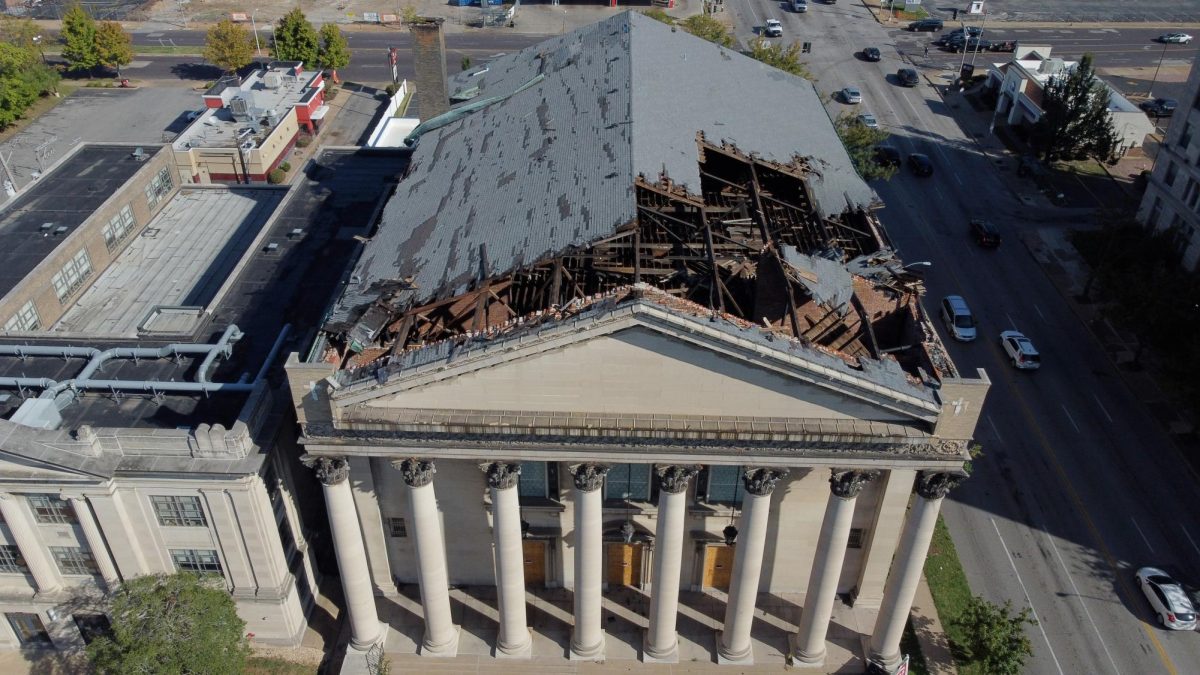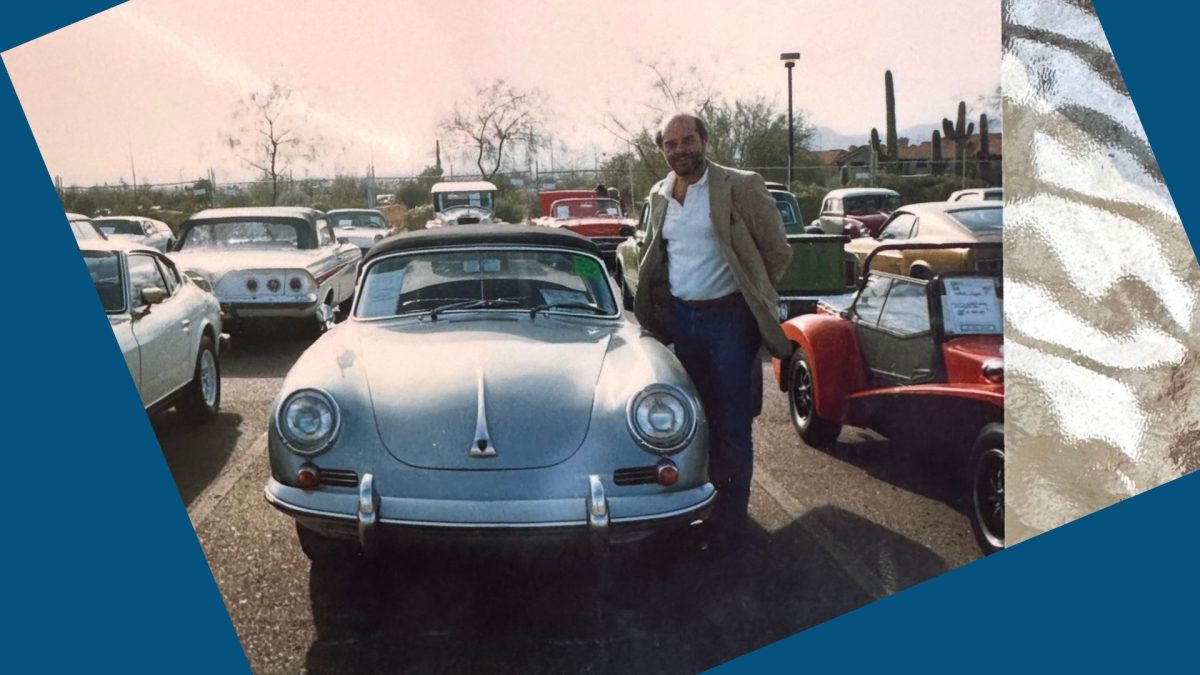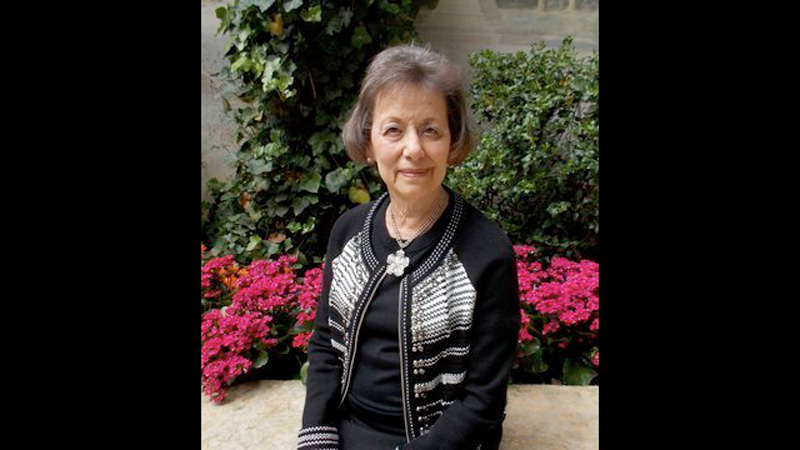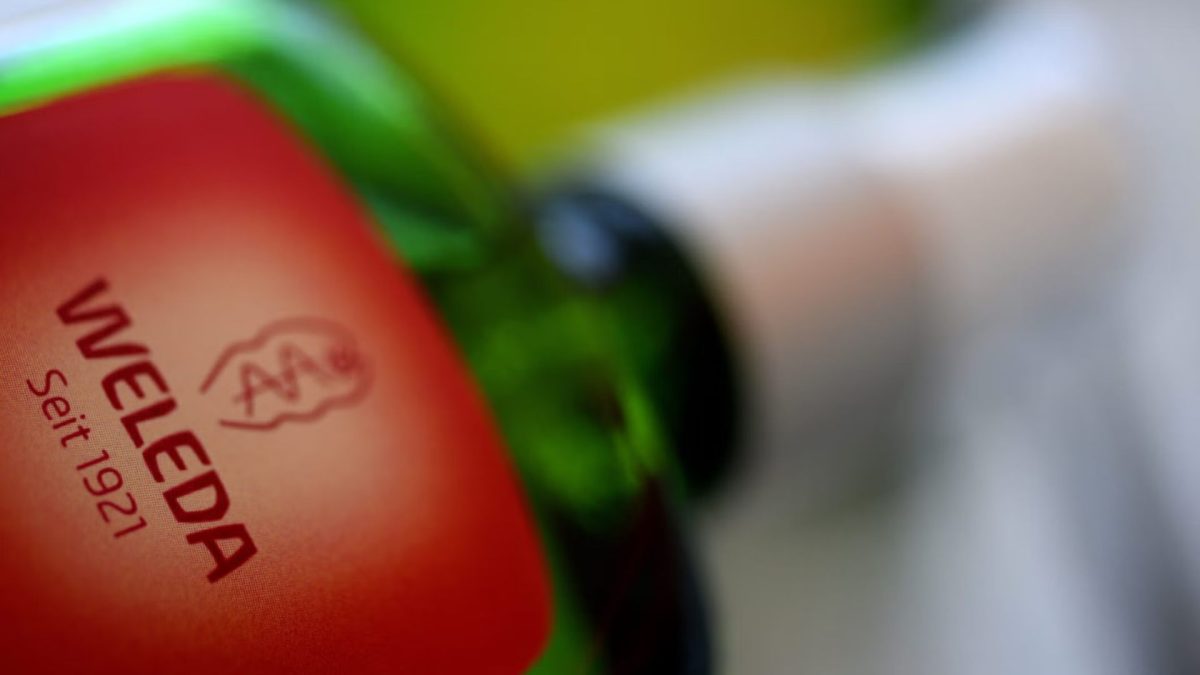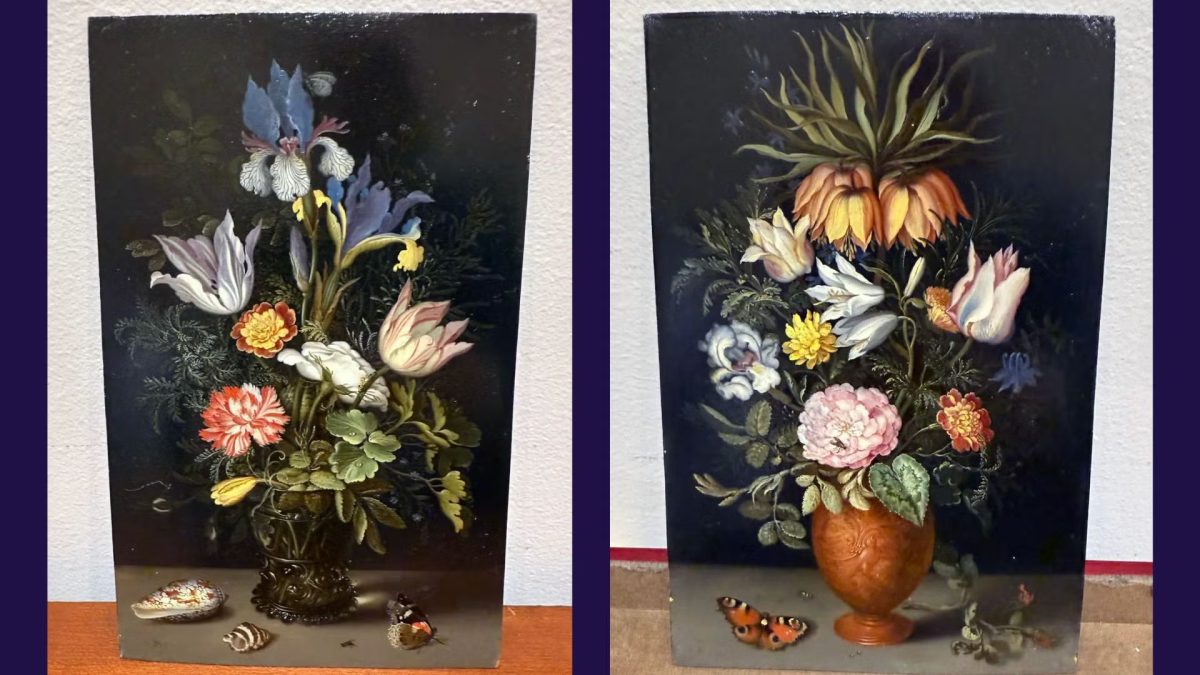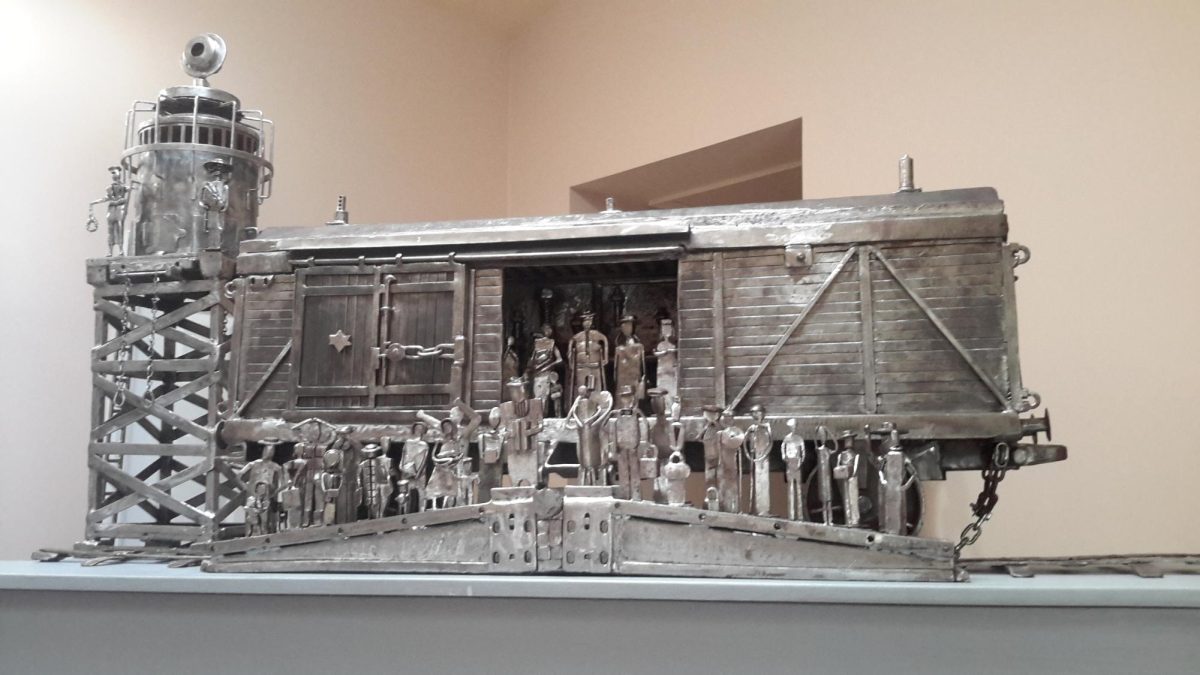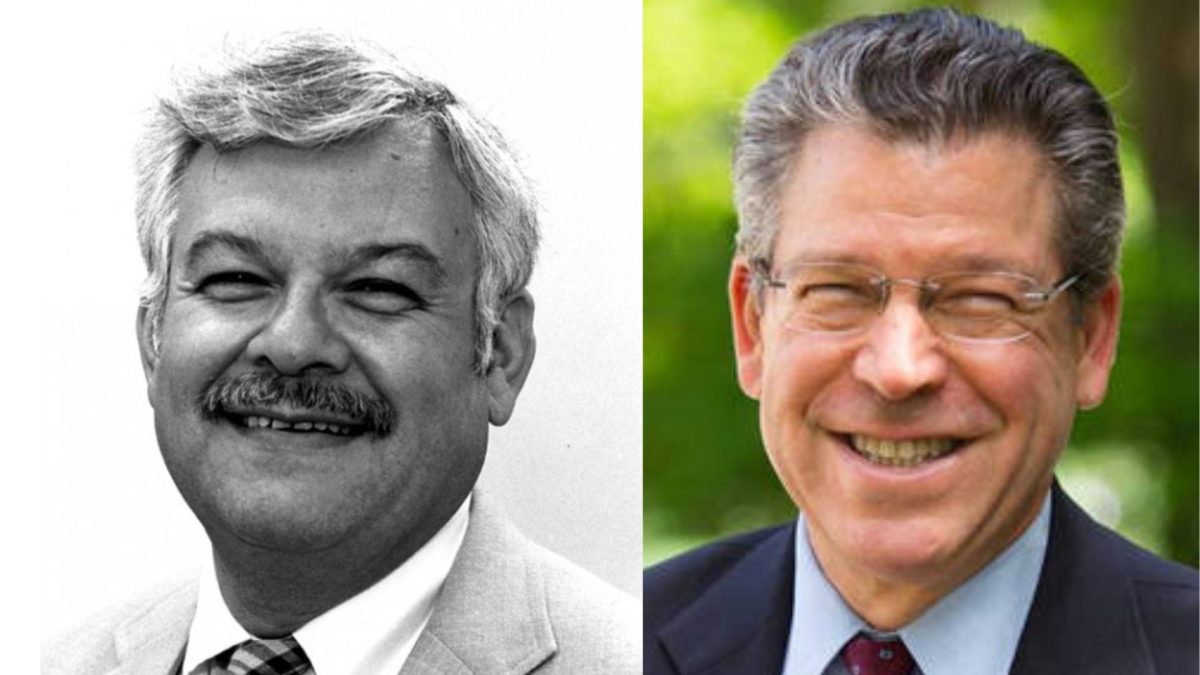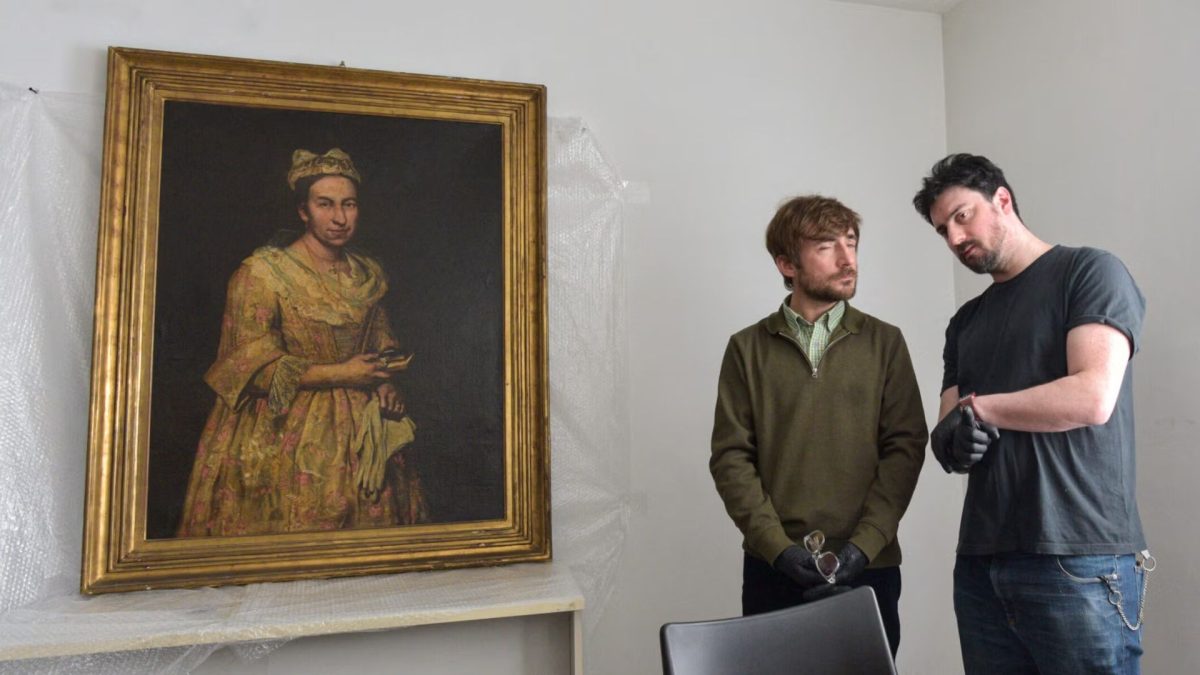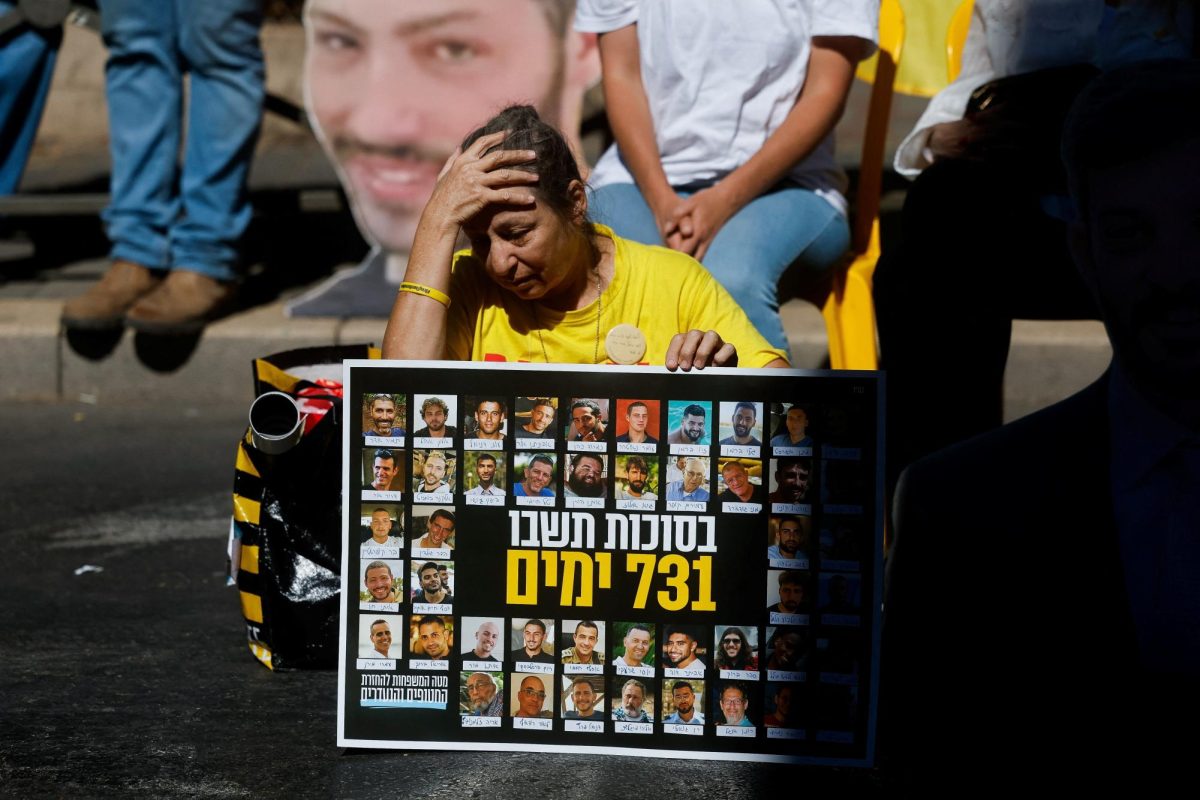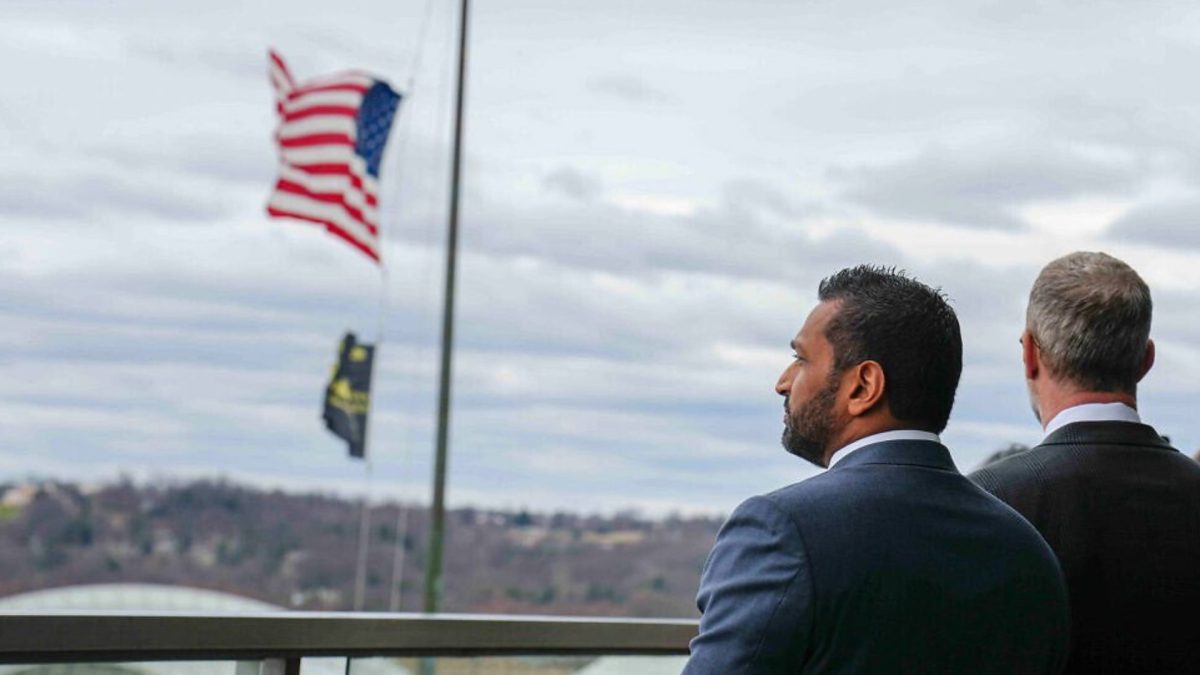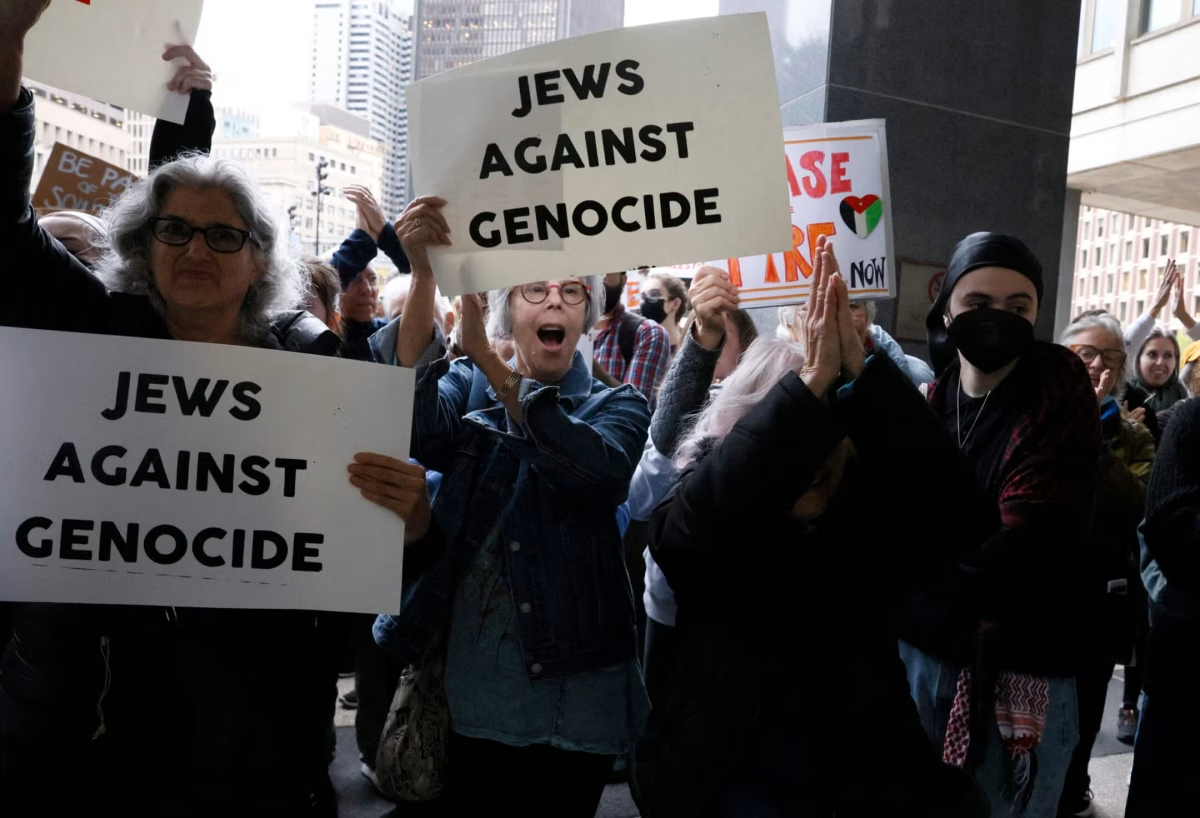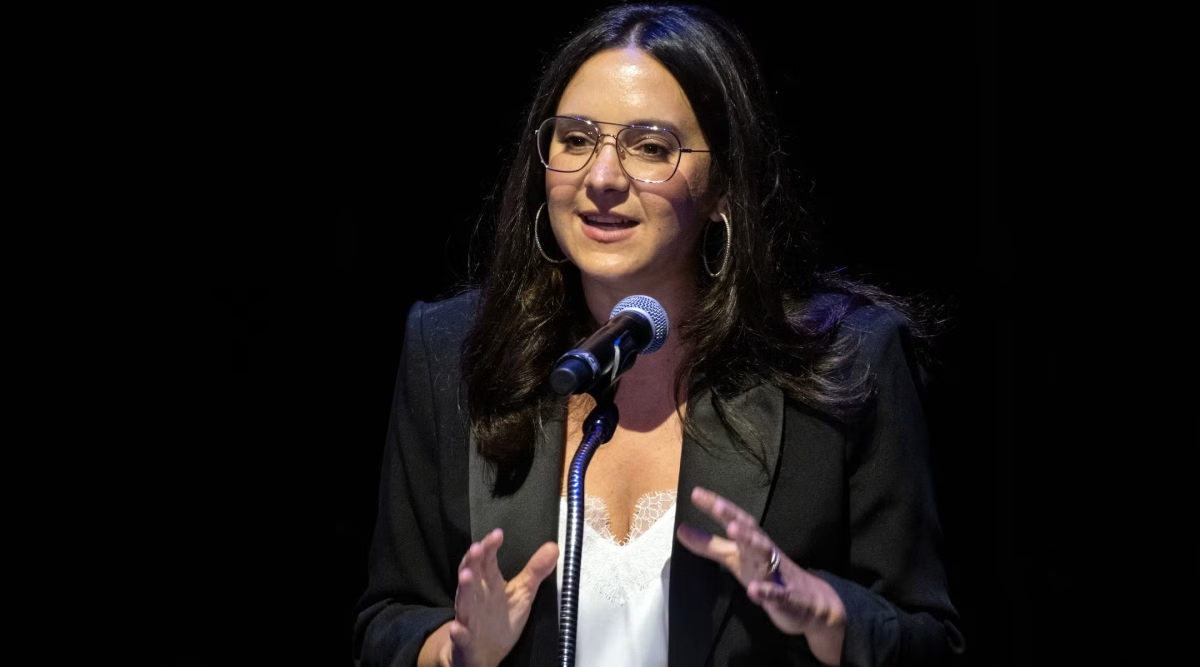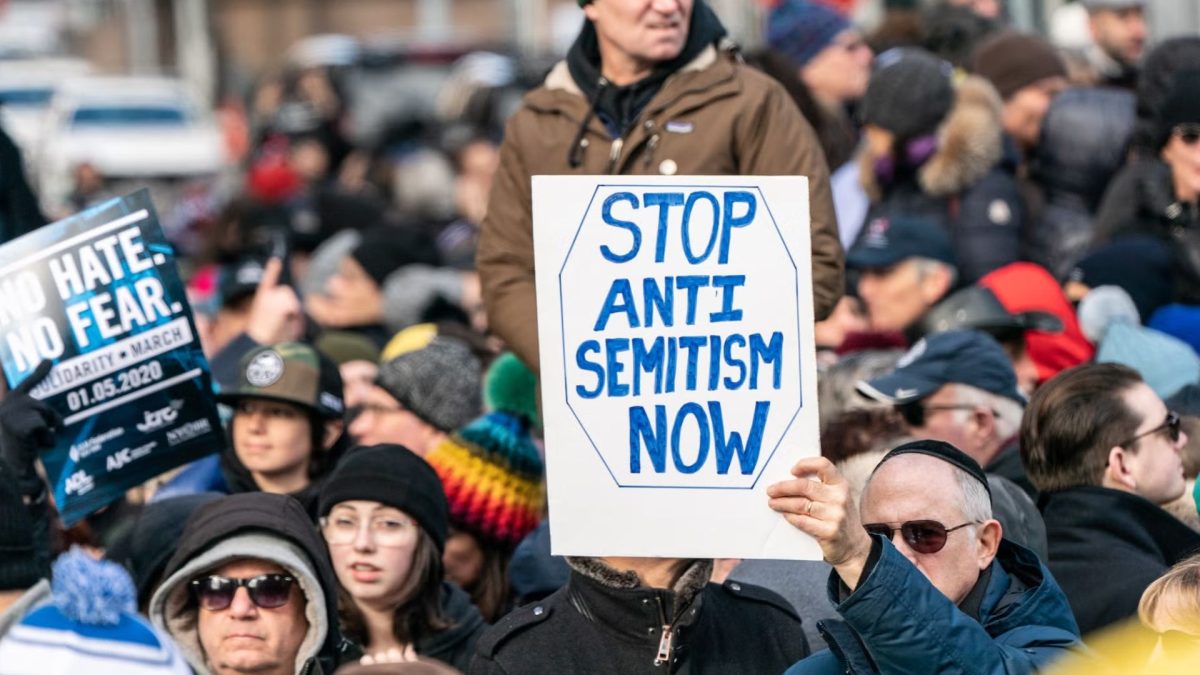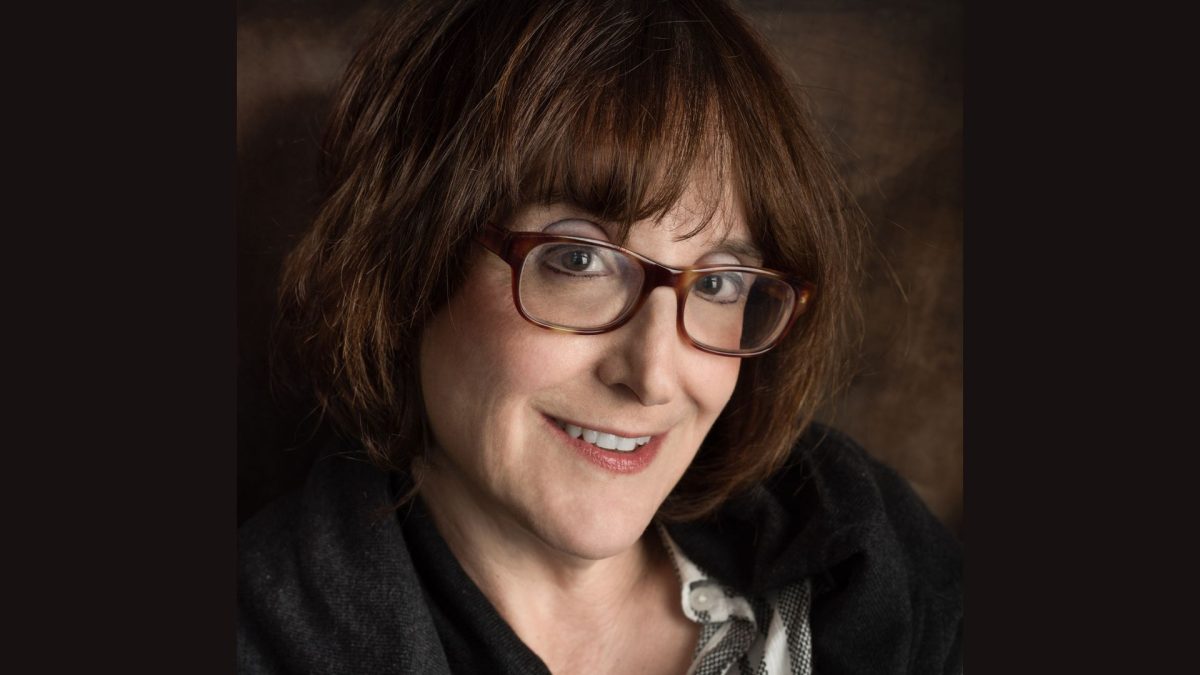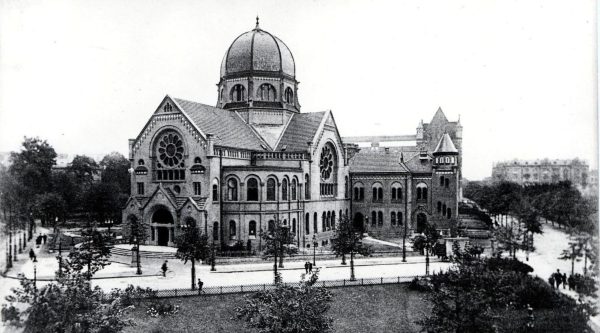
In a powerful statement issued on the 85th anniversary of the Kristallnacht pogrom, the St. Louis Kaplan Feldman Holocaust Museum is labeling the Oct. 7 attack by Hamas on Israel as a “pogrom,” drawing chilling parallels between the darkest chapters of history and a recent heinous act of terror.
A night etched in history: Kristallnacht Revisited
In a statement released on the morning of Nov. 9th, the Museum painted a vivid picture of the horror that began the evening of Nov. 9, 1938.
Approximately 100 Jews died in Nazi-occupied Germany and Austria, while countless others suffered unimaginable violence and sexual assault. The Nazis vandalized and razed Jewish homes, businesses, and synagogues, sending up to 30,000 Jewish men to concentration camps in the following days.
ADVERTISEMENT
Guenter Goldsmith, a survivor, had his bar mitzvah planned for Nov. 9, 1938, but it never took place. Instead, that night, he bore witness to a pogrom. In the days that followed, he confronted the hostility and antisemitism directed at him, leading him to reflect, “I became an outcast in my own country.”
In the statement, the Museum explains its choice of word:
“We deliberately choose to use the term ‘pogrom’ to describe this dark chapter in history. The term ‘Kristallnacht’ was the language of the perpetrators – a sarcastic description of a night of horror, as if the terror could be distilled down to “broken glass. Kristallnacht” falls short of capturing the true horrors that the Jewish people endured on that fateful night. Furthermore, it is essential to connect this event with the long history of violence against the Jewish community, recognizing that neither pogroms nor antisemitism started or ended with the Holocaust.”
Connecting the threads: from history to today
Fast forward to Oct. 7, when the echoes of history reverberated as Hamas launched a modern-day pogrom targeting unsuspecting Israeli Jews. The attack became the deadliest assault on Jews since the Holocaust, claiming over 1,400 lives and taking more than 200 hostages.
ADVERTISEMENT
Michael Berenbaum, director of the Sigi Ziering Institute and professor of Jewish Studies at American Jewish University, compared the Hamas attack to historic pogroms, highlighting the shocking nature of the assault.
“Pogroms are rampant, violent attacks against the Jewish people. The reason we’re using the term ‘pogrom’ is that nothing else quite does the same job, even though there are differences between some historic pogroms and the Hamas attack on October 7,” he said. “This was never supposed to happen in Israel. This is why it was such a shock to the Jewish community and Jewish history – Israel was formed to make sure Jewish people could be protected. What made these attacks so heinous is that they were not clandestine – they were broadcasted, and the perpetrators launched the attack with smiles on their faces.”
The Museum implores the St. Louis community to recognize Hamas’s actions for what they are—a pogrom, reminiscent of the darkest chapters in history.
Rising antisemitism: a disturbing reality
Amidst a distressing surge in antisemitism in the United States, the Museum acknowledged the heightened fear and concern within the community.
“We share in your grief during this challenging period. Let us remember that we are not only the custodians of history but also the architects of a better future. In the face of hatred and violence, we stand united against antisemitism, injustice, and bigotry. Together, we can ensure that the lessons of the past guide us towards a world where such atrocities are never repeated.”
| RELATED: On 85th anniversary of Kristallnacht, Holocaust survivors say they fear familiar antisemitism





